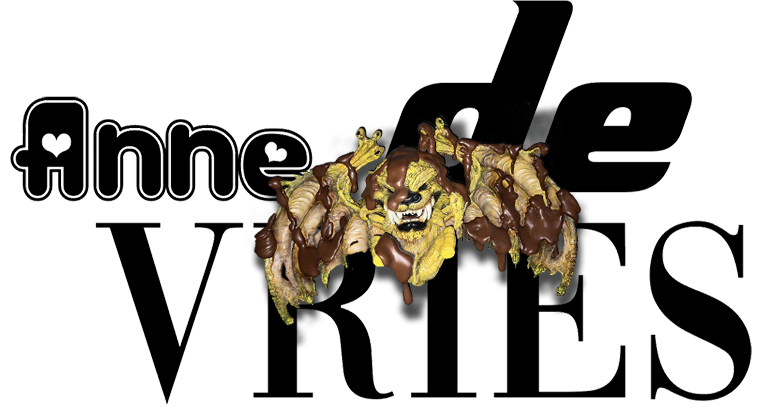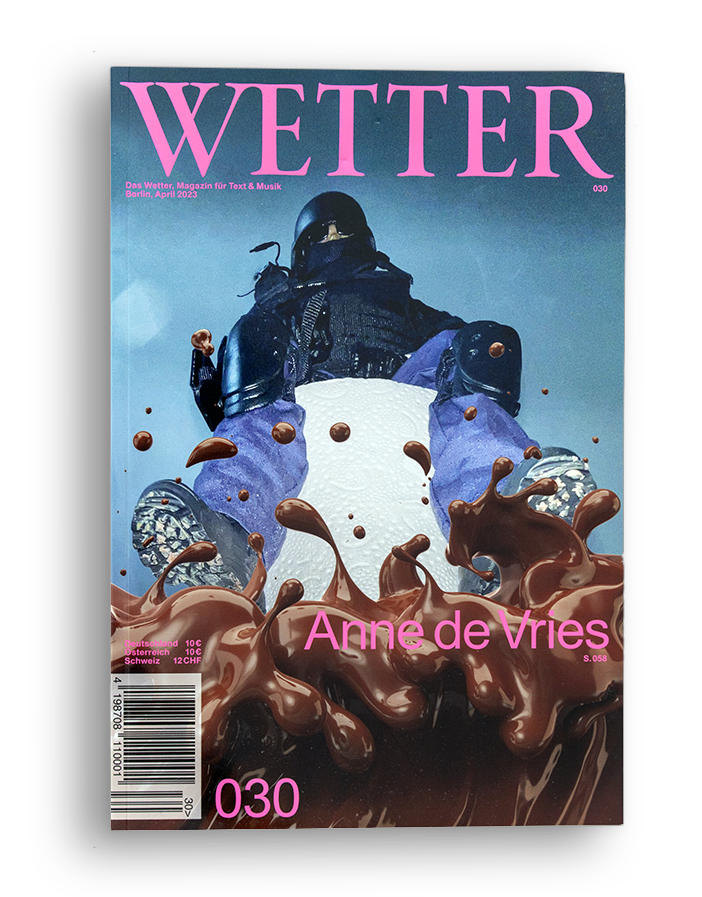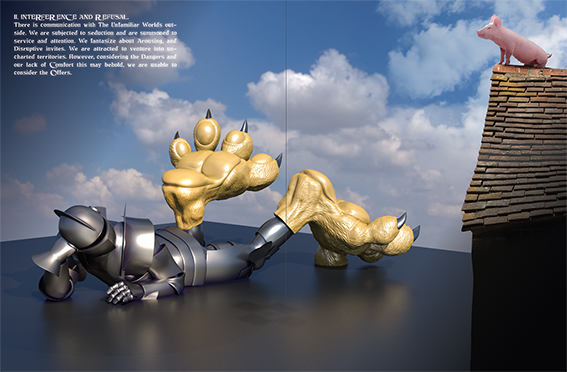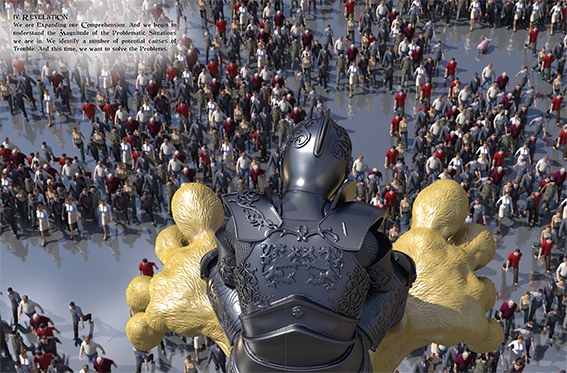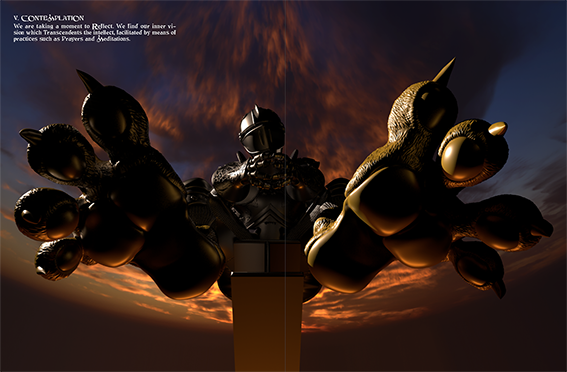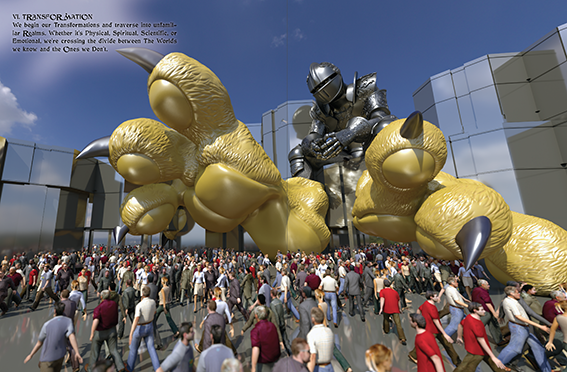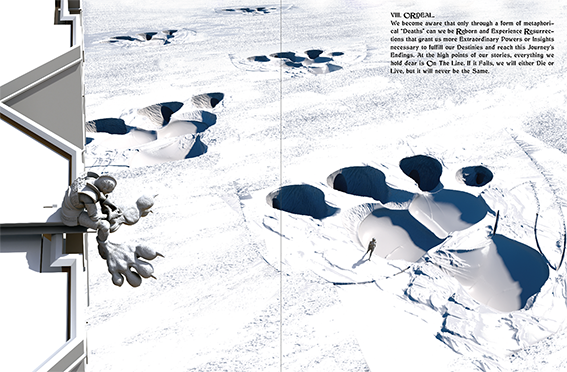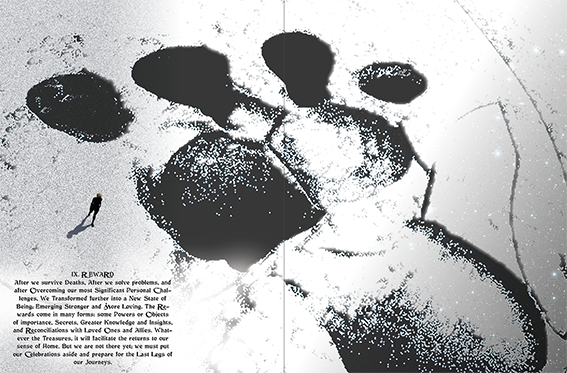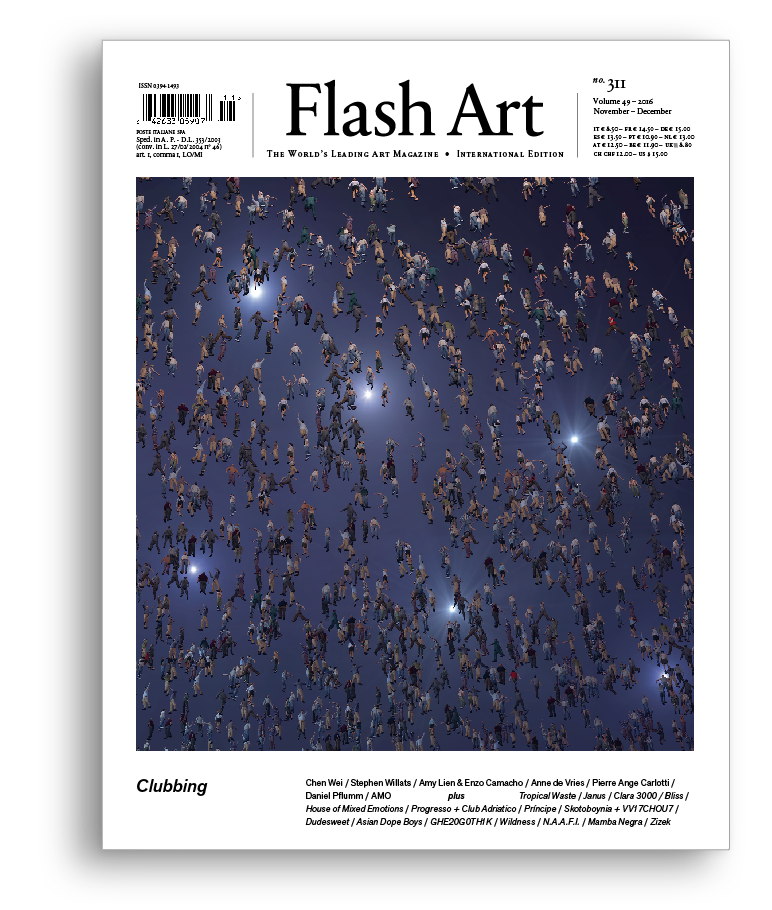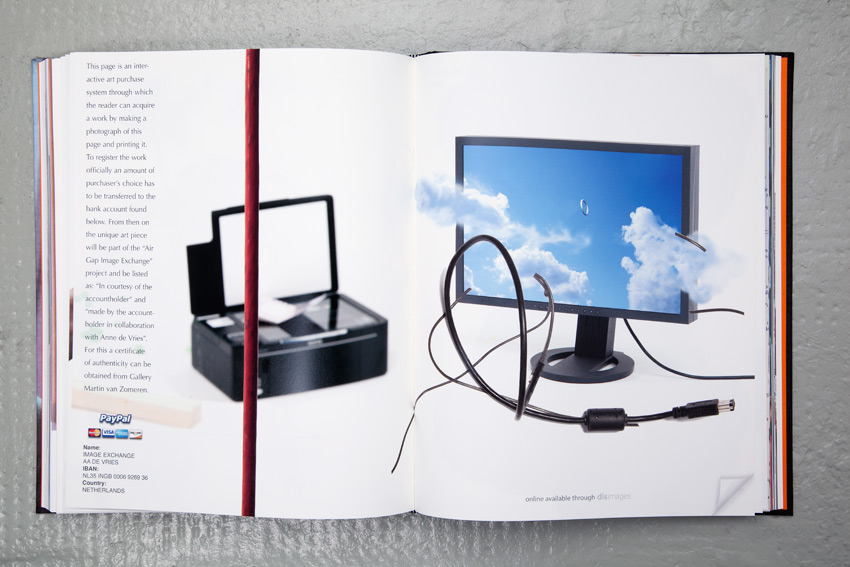Numéro Homme: Interview with Anne de Vries, by Antonia Schmidt, 2023, PRINT/PDF
DAY CARE DRILL
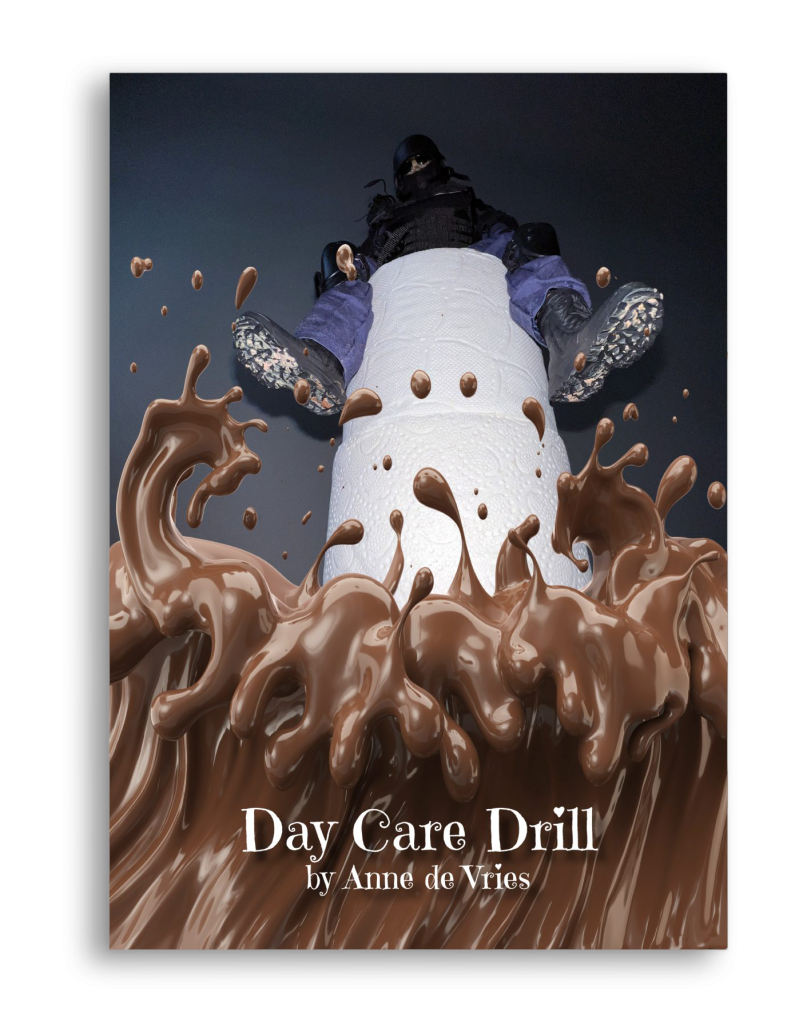
Invitation
Excretion is automatic, but how we do it is not. Parents are advised to teach their children how to use a toilet when they’re around 18-24 months, and diapers are substituted for toddler toilets. Scaled down for smaller limbs, they resemble the real thing but without the architectonic devices — doors, walls, dividers — that define their referent. For what is considered the most intimate of architectural spaces, privacy is earned not given. Like with most training techniques, these are performative objects, like stage sets, upon which the digestive rites of adulthood are mimed under the watchful gaze of parents.
Like children’s toilets, children’s toys are designed more for the buyer than the user. For example, when the toy company Hasbro released the first “G.I. Joe” in 1964, they coined the term “action figure” to appeal to gender-anxious mid-century American parents who didn’t want their boys playing with dolls. Since then, action figure has become the generic eponym for posable plastic toys marketed male — a wide range of products that shift with the times. Not long after the militaristic original hit shelves, cop-themed action figures emerged, including those released in conjunction with the 1970s crime drama show S.W.A.T., which chronicled the fictional adventures of a “Special Weapons And Tactics” team in California.
Violent delights marketed to children, whether action figures or video games, offer a projection screen for the adult world that makes them. For some, they’re the cause of all the blood and guts smeared across our grown-up world — a scapegoat for the AR-15s wielded by young adults (if not those by the men-in-blue who swat them down as they enter school). Others construe them as a cathartic device, or at least a palliative, for the violence that children perceive around them: a way to get your gusto for gore out of the system through play acting. Violence is presented as a socially-transmitted disease, and role-play as either predictive or prophylactic. Everyone eventually grows up, of course; some become cops themselves, while others become collectors. Today 1:6 scale action figures are tailored as much to children as adults — infantilized violence matured into a speculative market.
For DAY CARE DRILL, an exhibition at Blue Velvet Projects in Zürich, Anne de Vries brings his lion-in-knight’s-armor into a drama of toy policing. The exhibition constitutes the next chapter in the avatar’s twisted hero’s journey, which has unfolded across different spaces and pages throughout the last year. Previously the heraldic figure stomped its paws across landscapes of sand, first at Berlin’s Fragile Gallery and later at the former building of the famous Tresorclub. Not long after, the knight became De Wachter: a public sculpture perched on the roof of the Dutch secret service in Zoetermeer. At Blue Velvet Project, the monument peers domestic and dresses in drag. It invades a children’s nursery inflected with sadistic intent — a fever dream of infantilized power and infant power structures. 1:6 scale SWAT figures are made sticky with chocolate syrup, posed on cradles, and deflated by the brass-patinated, engorged paws of de Vries’ heraldic lion in armor. DAY CARE DRILL interrogates childhood tropes as a proxy for adulthood, when role-play delaminates. Characters become identities, props appear structural, and when the performance is misperformed, it signifies something else: artificiality.
Text by Nicholas Korody
The Exhibition is on view at Blue Velvet Projects until October 29th, 2022
Discrete Reminder
DEEP SCROLL


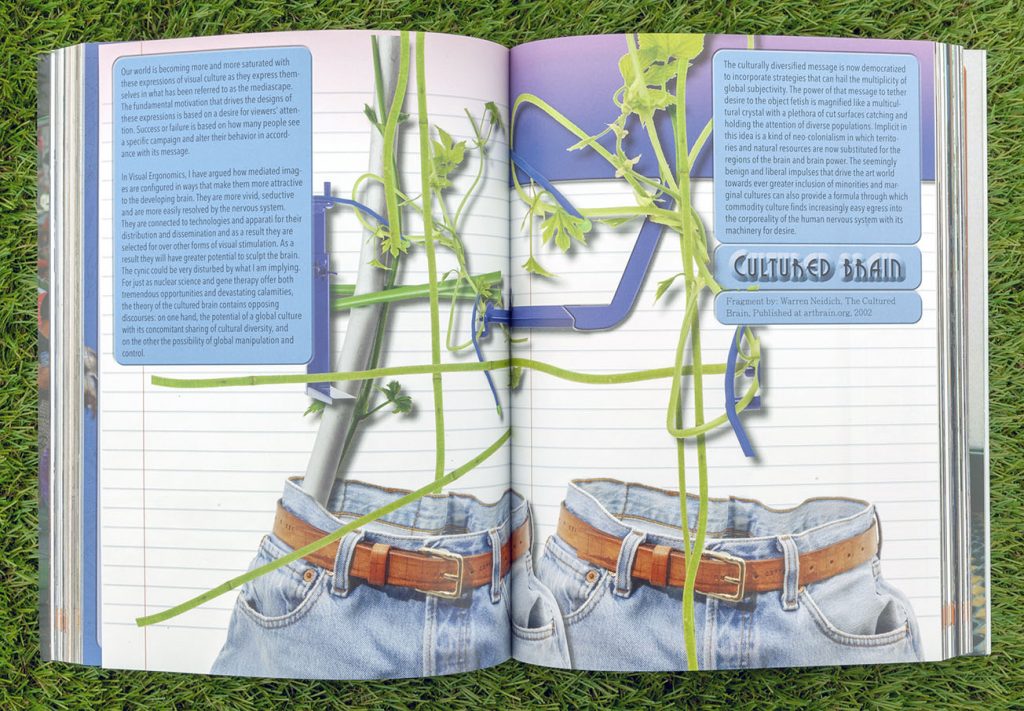
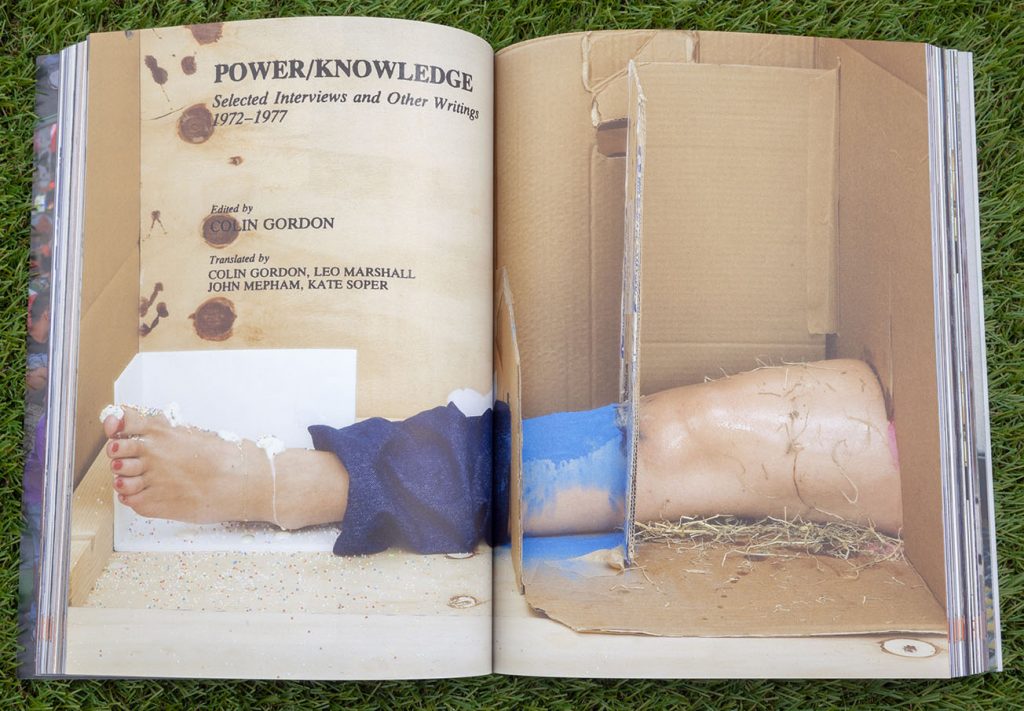

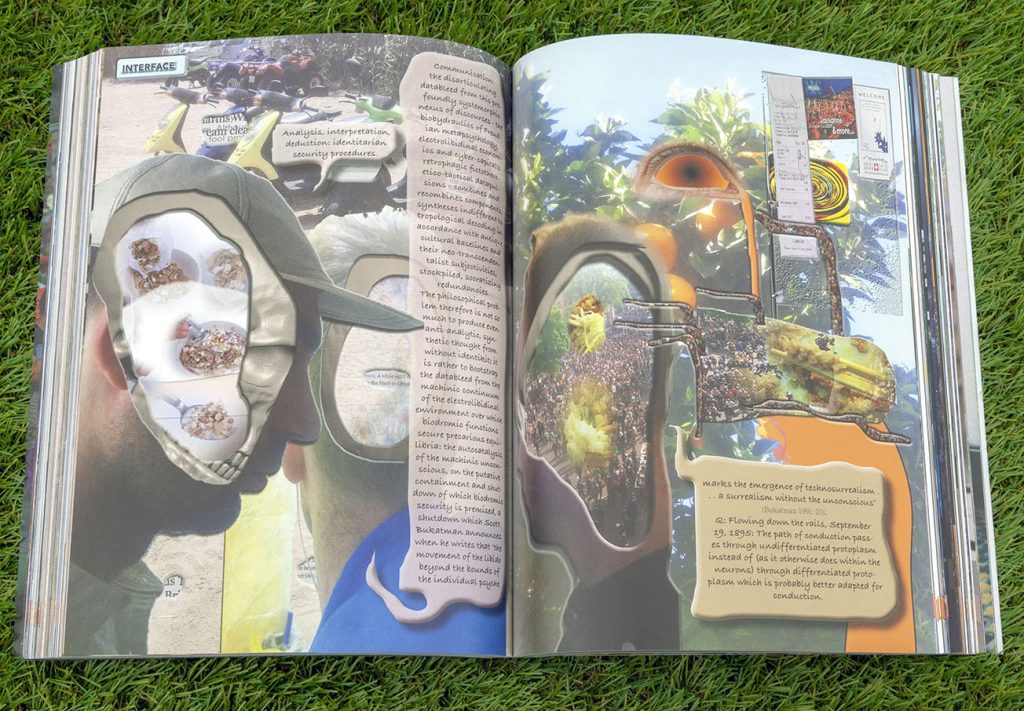




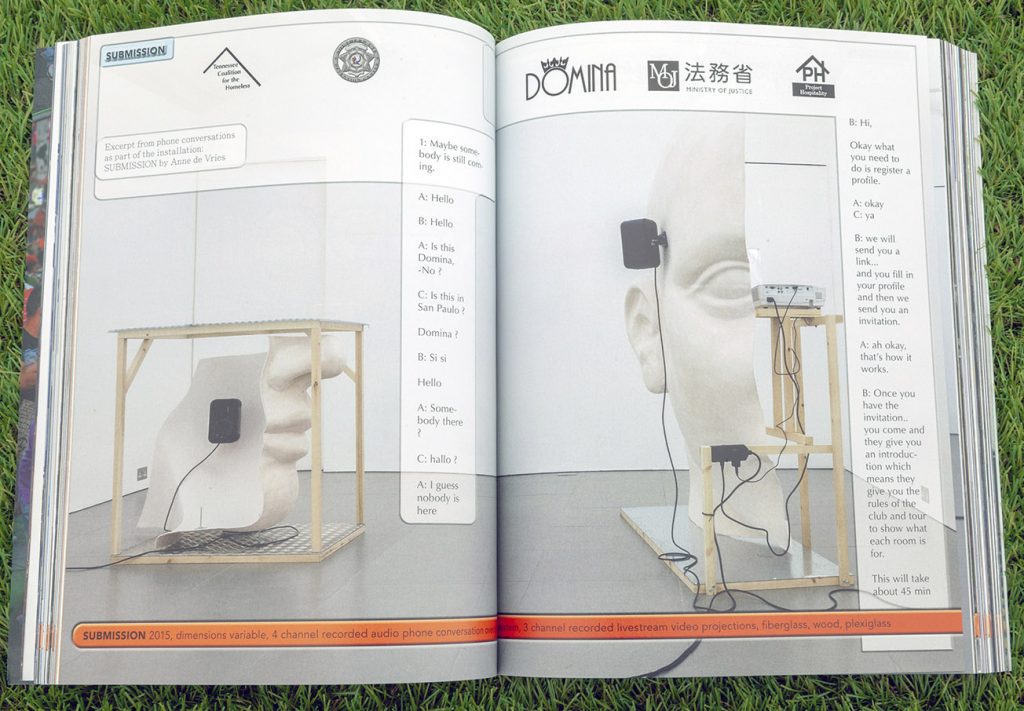
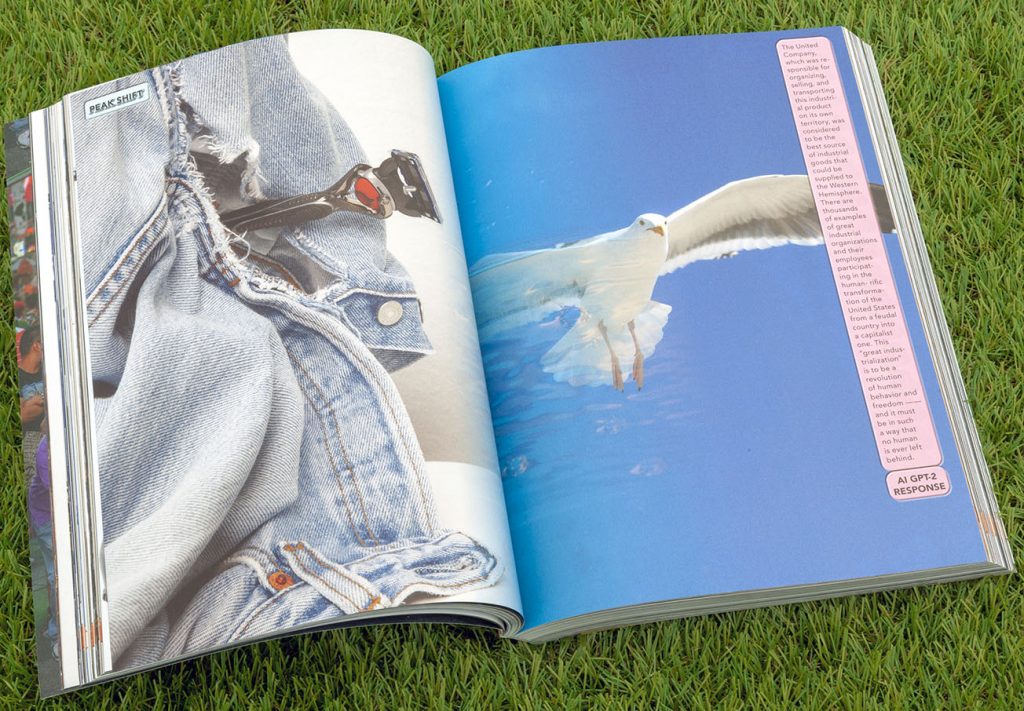

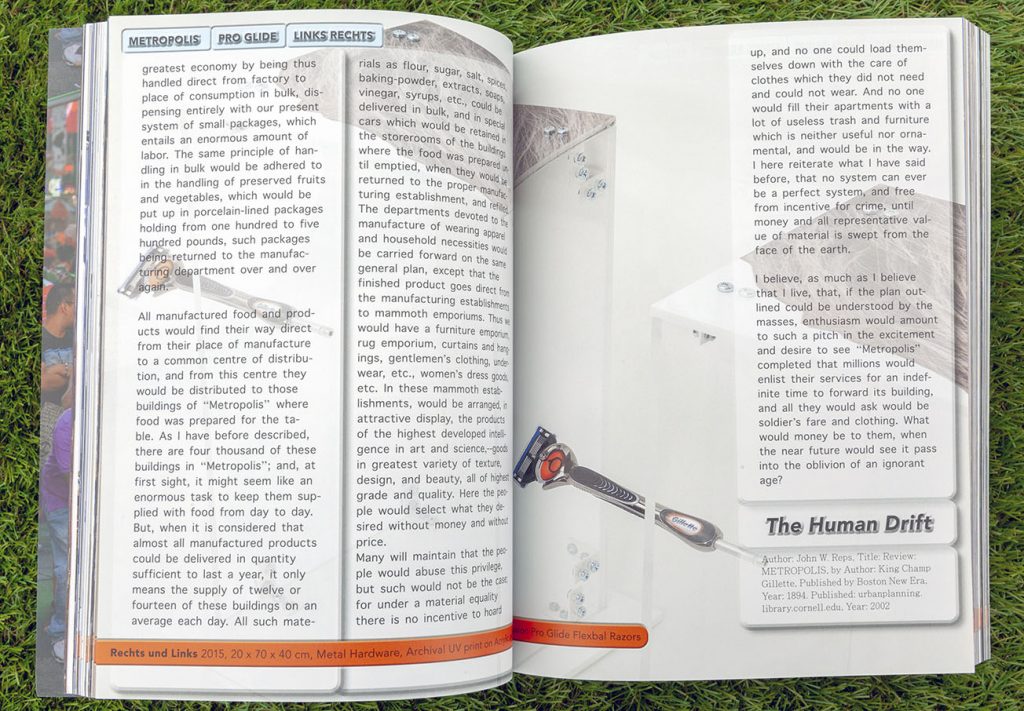




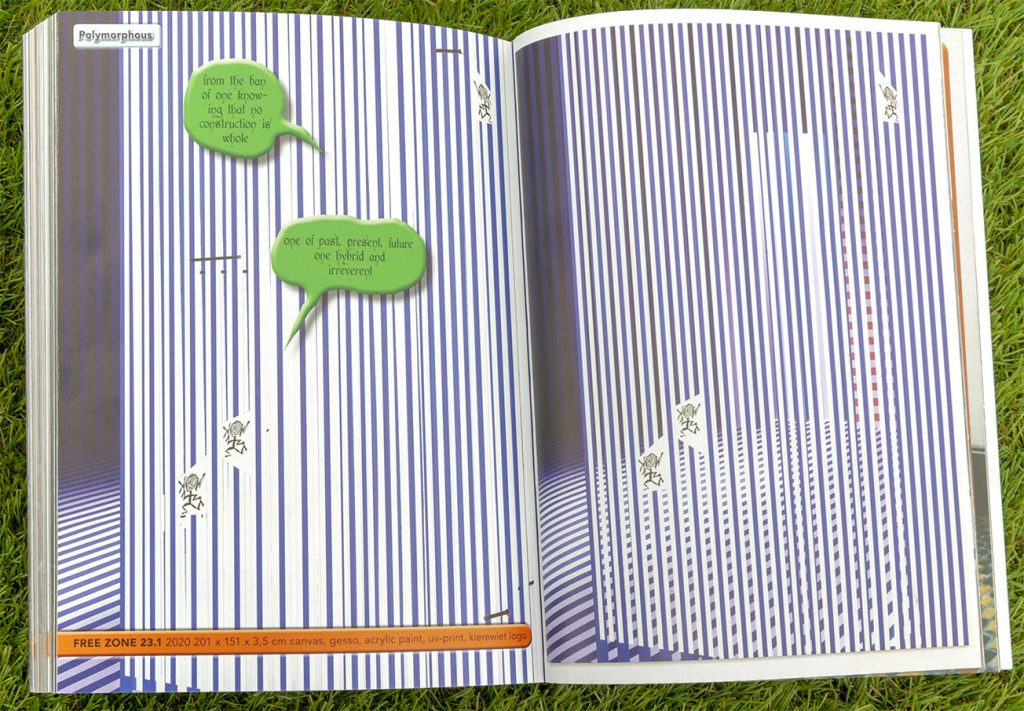
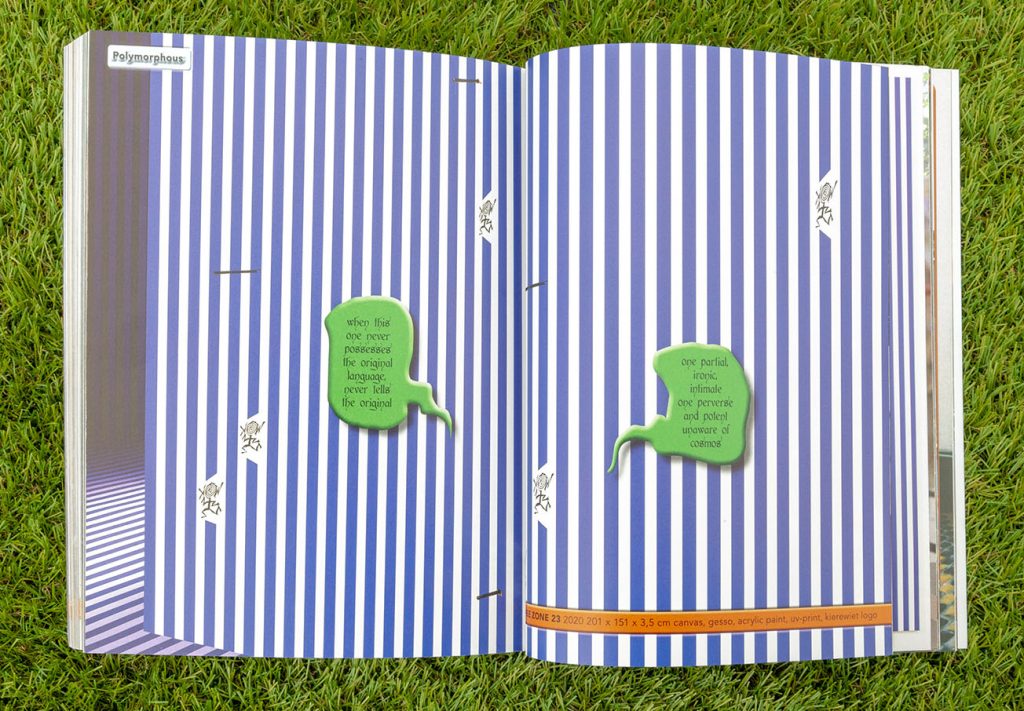


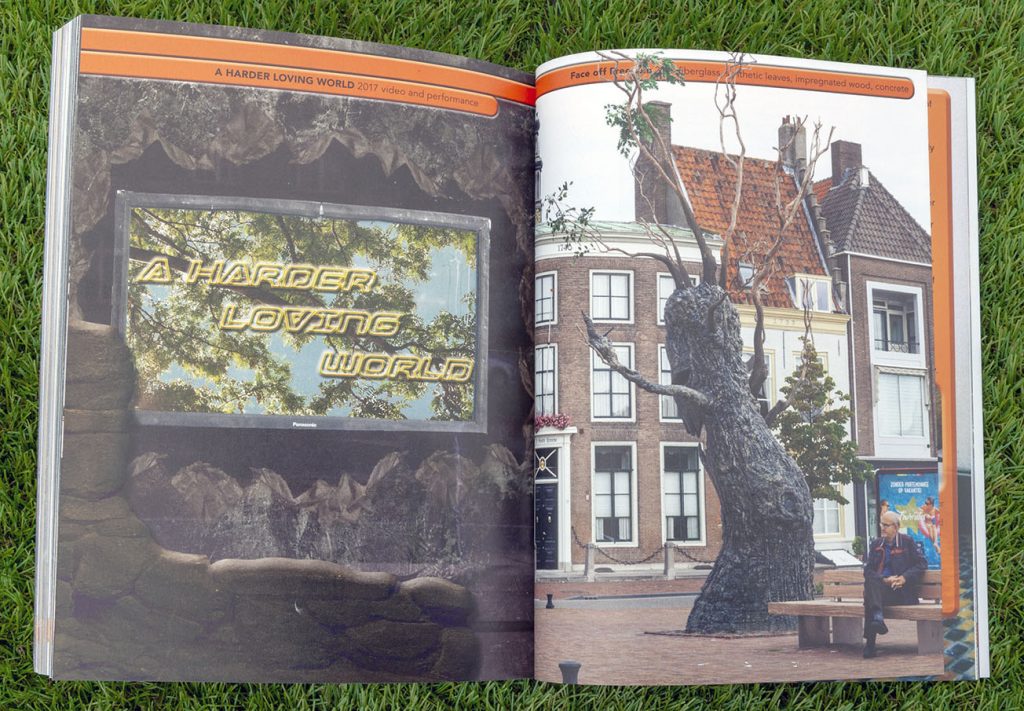

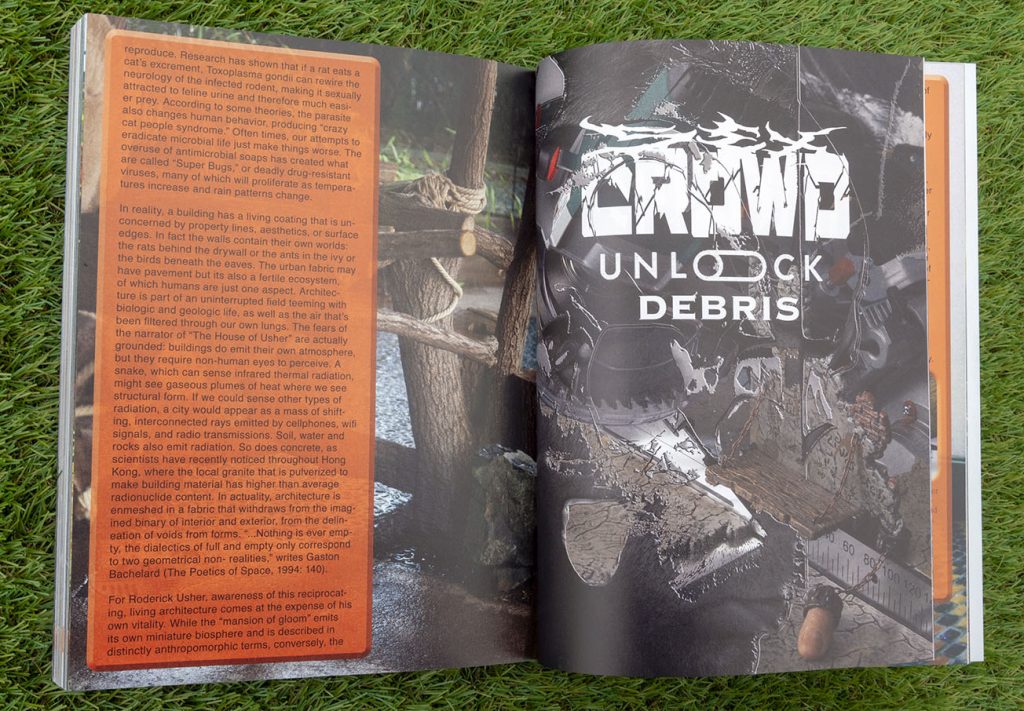
Title: Deep Scroll
Artist: Anne de Vries
Year: 2022
Format: 380-page artist publication
Publisher: Onomatopee
Produced in collaboration with: AISSystem and Onomatopee
About: Deep Scroll is a 380-page artist publication by Anne de Vries, produced in collaboration with AISSystem and Onomatopee. This first edition features contributions from a diverse group of artists, writers, philosophers, and theorists including:
Amelia Groom, Iain Hamilton Grant, Nicholas Korody, Theodore Gracyk, Gary Allen, Jesse Paul Crane-Seebach, Jenna Sutela, Alain Badiou, Ariella Aïsha Azoulay, Steve Goodman (Kode9), Robert Minto, Sarah Friend, Marcel Mrejen, Dorota Gawęda & Eglė Kulbokaitė, William Kherbek, Sam Jacob, among others.
The publication explores new modes of perception shaped by contemporary digital environments and media flows, engaging with both philosophical and aesthetic dimensions of networked culture, Instead of explaining concepts, Deep Scroll performs them. The concept of rhizomatic thinking (non-hierarchical, non-linear) is all over Deep Scroll. The book doesn’t “argue” in a traditional way, it sprawls.
Published by: Onomatopee Projects, Eindhoven
Supported by: Mondriaan Fonds
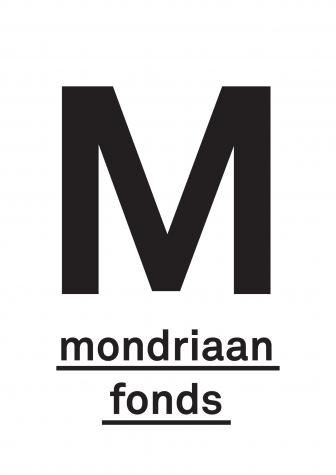
Invitation
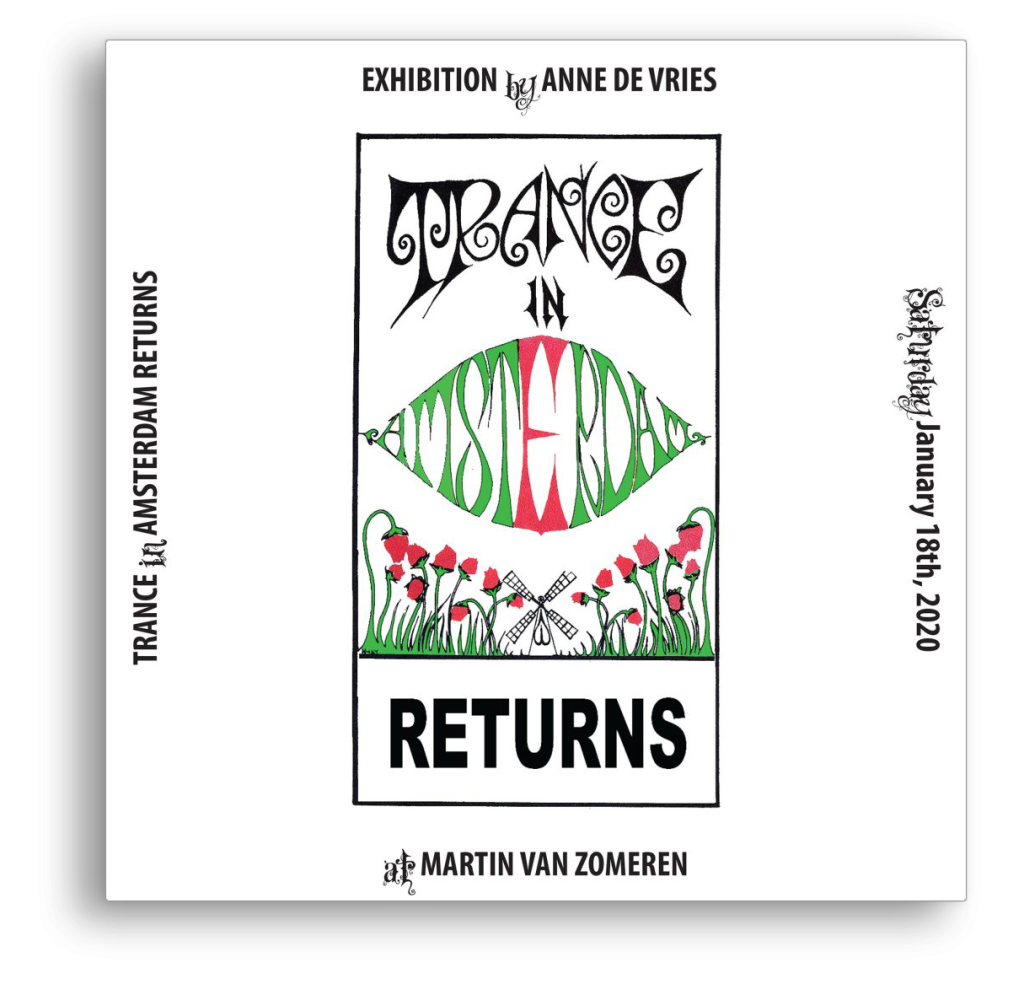
Invitation
December 2016 : Flash Art Magazine 311 / Art & Clubbing
Flash Art Magazine: Issue 311 “Transformation Through Depoliticization” by Anne de Vries, 2016, ONLINE/PRINT/PDF
Cover artist: Anne de Vries
August 2016 : Review and Interview with Anne de Vries
April 2016 : Metropolis M
October 2015 : The Photograph as Contemporary Art
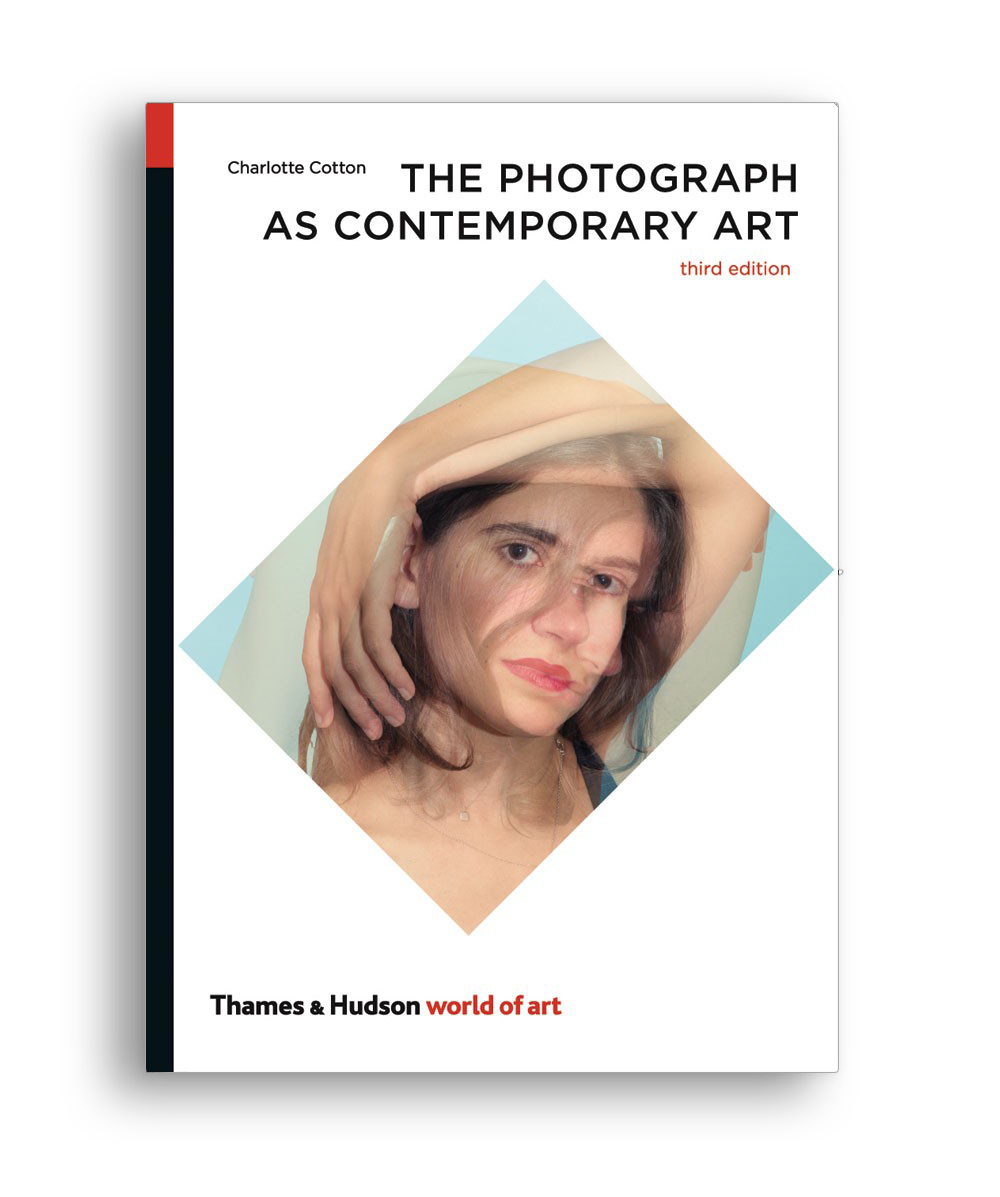
Contribution to the final chapter from the book:
The Photograph as Contemporary Art – 3rd edition by Charlotte Cotton, Published by Thames & Hudson, 2014, PRINT
ISBN-13: 978-0500204184
Quantum Jelly” EDITIONS MEGO #152 (2012)

Quantum Jelly” EDITIONS MEGO #152 (2012)
Music by Lorenzo Senni
Artwork by Anne de Vries
Available via: Mego Records / Itunes / GooglePlay / emusic
DISimages

Image Exchange by Anne de Vries for DISimages
